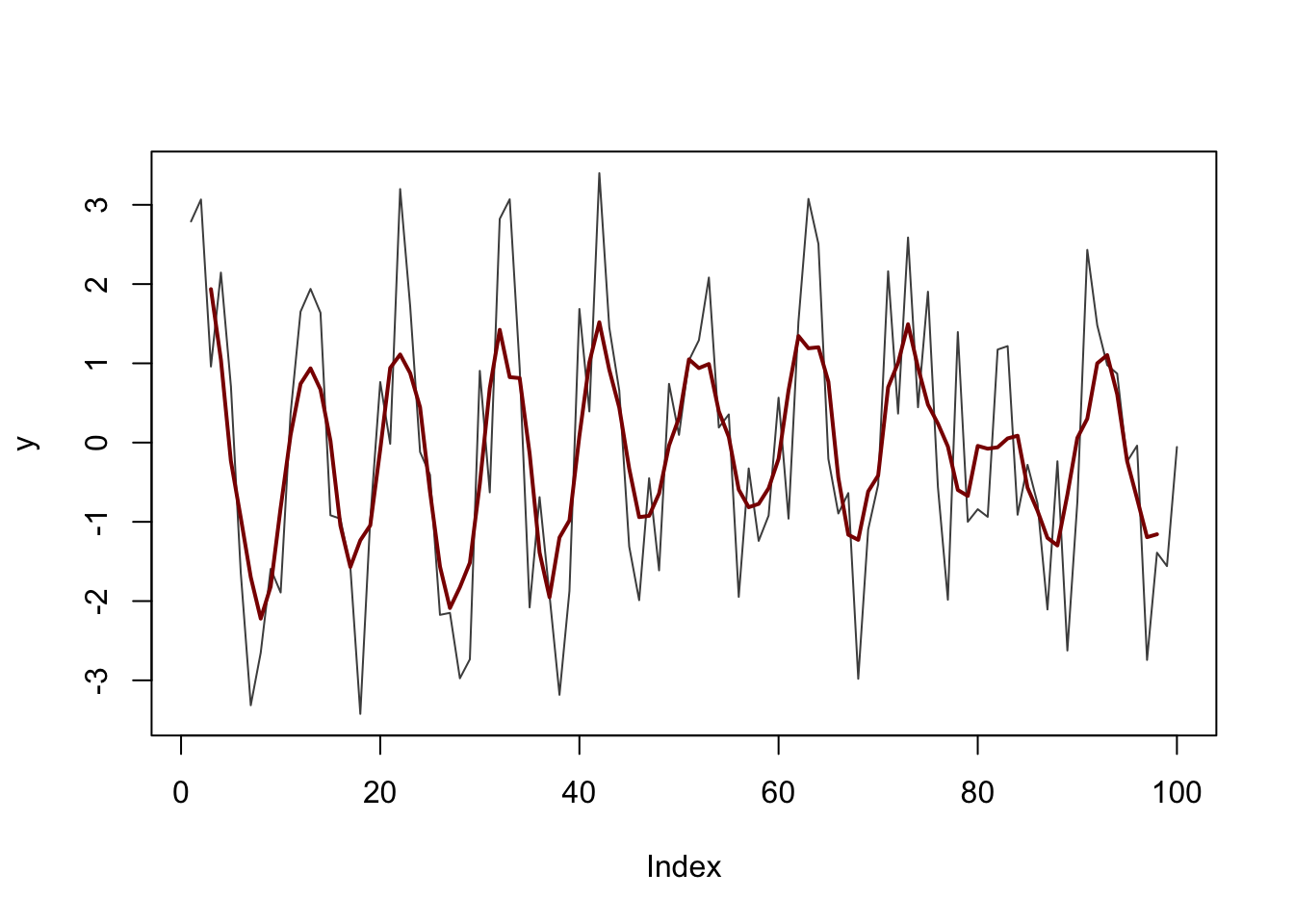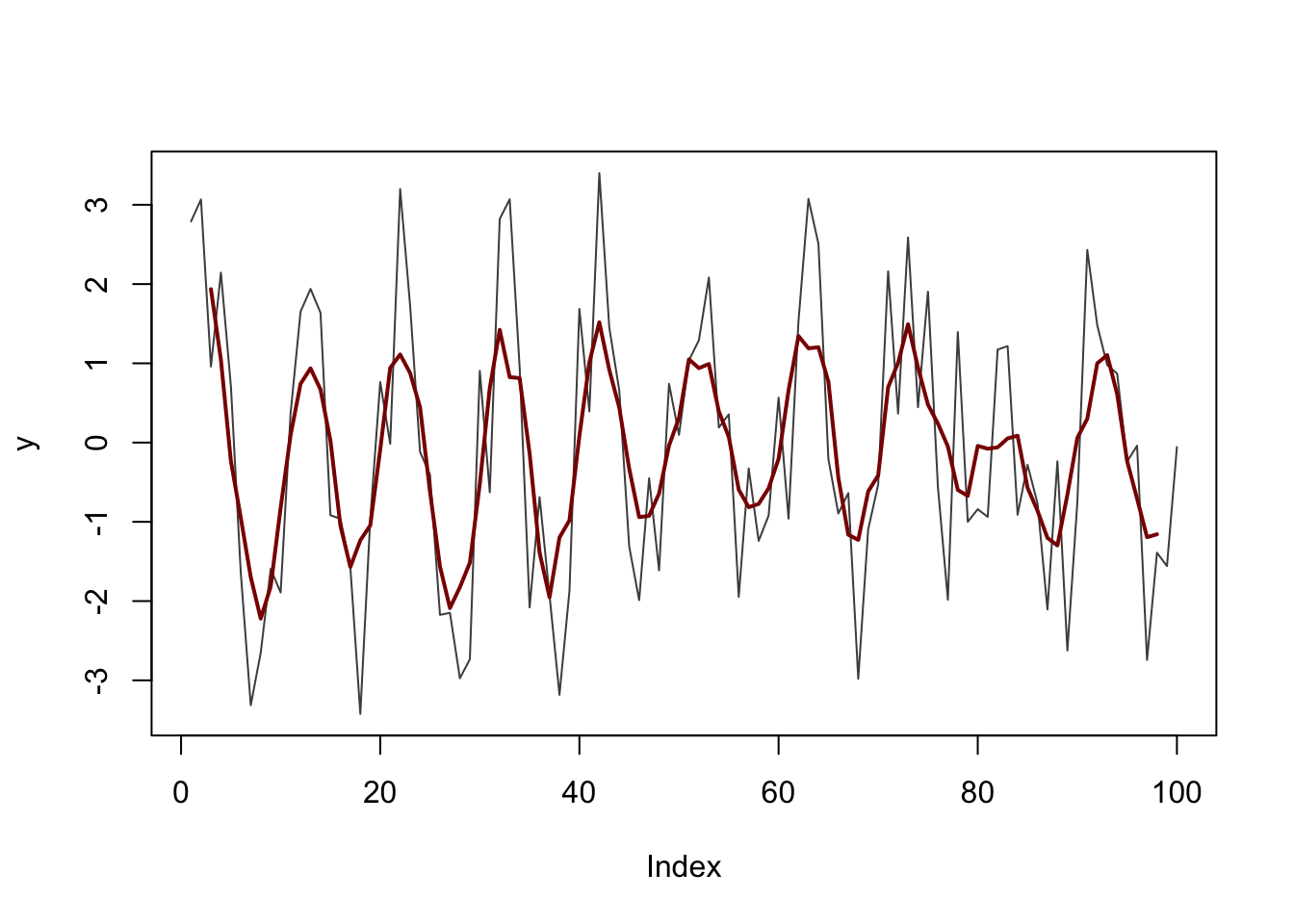Chapter 2 Introduction
The R language and programming environment is now commonly used in dendrochronology. R is the world’s preeminent open-source statistical computing software and its power can be harnessed for tree-ring science through the contribution of add-on packages which are freely available on the internet. There are now many R packages for working with dendro data from measuring (measuRing,MtreeRing) to standardization and chronology building (dplR, detrendeR), to fire history (burnr) to disturbance (TRADER,dfoliatR) to climate-growth analysis (treeclim, pointRes, dendroTools, BIOdry,DendroSync) to working with data from dendrometers (dendrometeR,dendRoAnalyst) and cell anatomy (tracheideR, RAPTOR,xRing), and probably others that are overlooked here!
Although extremely powerful, R has a steep learning curve that has led some to postpone using it in their own work. In these pages we will demonstrate the ways in which analysts can work with tree-ring data in R over the entire life cycle of a project in a transparent and reproducible way – from initial measuring of the wood to statistical tests to producing publication-quality graphics. These pages are written as a demonstration using on-board data sets but can easily be adapted for users to work with their own data.
2.1 Before Starting
2.1.1 R
Install R by visiting www.r-project.org.
We recommend that you use RStudio to interact with, and script in R. These documents were all made using R version 4.3.2 (2023-10-31).
2.1.2 Getting dplR
Install the add-on library dplR. You can download and install dplRusing the install.packages function from the R prompt:
These documents use version 1.7.7 of dplR. You can check the version of your version of dplR via:
If your version is older you can update it (and all your other packages) in R via:
These documents were all made using the most up-to-date versions of the packages available on the Comprehensive R Archive Network. Updating regularly is good practice!
2.2 Layout
This document is laid out in chapters covering some of the more common where statistical software can helpful in in dendrochronology. Although focused on using dplR, we will make use of other packages throughout. If those are not installed on your system, you can get them from Comprehensive R Archive Network (CRAN) using install.packages. You only have to install a package once. After that it can be loaded with the library function as described in the next section.
For instance, we will sometimes plot using ggplot which comes with the tidyverse bundle of packages. If we were doing time-series analysis we might use the signal package. If those aren’t on your R system you would install them via:
Note that you only have to do this one time. After the package is installed it remains on your system.
At the of of each chapter we will include a list of packages that are used for that individual chapter.
2.2.1 A Note on Name Conflicts
There are over ten thousand of R packages (aka libraries) available on CRAN. With that magnitude of user-developed content, it is inevitable that function names get reused. When two packages are loaded and have functions with the same name it creates a conflict. For instance, the function filter is part of the stats package that loads as part of R’s initial start up. It applies linear filtering to a time series. E.g., I’ll generate a time series (y) with a periodic component and we can plot it with a centered moving average (yFilt5).
n <- 100
y <- 2 * sin(2 * pi / 10 * 1:n) + rnorm(100)
yFilt5 <- filter(x = y, filter = rep(1/5, 5),sides =2)
plot(y,type="l",col="grey30")
lines(yFilt5,col="darkred",lwd=2)
However if we were to load the extremely popular dplyr package from the tidyverse we’d get different behavior from filter. Loading the tidyverse get several packages into this work space.
## ── Attaching core tidyverse packages ──────────────────────── tidyverse 2.0.0 ──
## ✔ dplyr 1.1.4 ✔ readr 2.1.4
## ✔ forcats 1.0.0 ✔ stringr 1.5.1
## ✔ ggplot2 3.4.4 ✔ tibble 3.2.1
## ✔ lubridate 1.9.3 ✔ tidyr 1.3.0
## ✔ purrr 1.0.2
## ── Conflicts ────────────────────────────────────────── tidyverse_conflicts() ──
## ✖ dplyr::filter() masks stats::filter()
## ✖ dplyr::lag() masks stats::lag()
## ℹ Use the conflicted package (<http://conflicted.r-lib.org/>) to force all conflicts to become errorsNote that a list of conflicts is printed to the screen including dplyr::filter() masks stats::filter(). Now if we rerun the code above we get an error.
## Error in UseMethod("filter"): no applicable method for 'filter' applied to an object of class "c('double', 'numeric')"This is happening because both stats and dplyr have functions named filter and the filter from stats is being preempted by filter from dplyr.
However, the error message is quite vague as to the cause of the error. But what is happening here is that filter is calling filter from dplyr and not from stats.1 We can still use the original function but we need to specify which filter we want to use.
yFilt10 <- stats::filter(x = y, filter = rep(1/10, 10),sides =2)
plot(y,type="l",col="grey30")
lines(yFilt5,col="darkred",lwd=2)
So when you load packages watch for any warnings about conflicts! This book is laid out in chapters which are self contained to reduce this behavior.
2.3 Getting Help with R
These pages demonstrate some basic aspects of tree-ring analysis through executable examples with on-board data sets. After a basic introduction, you will have a chance to work through examples yourself or work on your own analysis.
No prior R experience is necessary but for those who are new to R, we suggest using the resources at YaRrr! The Pirate’s Guide to R to get started.
2.4 Citing R, dplR, and Other Packages
It’s important to cite software for any number of reasons. E.g., being specific about version numbers you used will help track down discrepancies as software evolves. There is a nifty citation() function in R that gives you information on how to best cite R and, in many cases, its packages.
## To cite R in publications use:
##
## R Core Team (2023). _R: A Language and Environment for Statistical
## Computing_. R Foundation for Statistical Computing, Vienna, Austria.
## <https://www.R-project.org/>.
##
## A BibTeX entry for LaTeX users is
##
## @Manual{,
## title = {R: A Language and Environment for Statistical Computing},
## author = {{R Core Team}},
## organization = {R Foundation for Statistical Computing},
## address = {Vienna, Austria},
## year = {2023},
## url = {https://www.R-project.org/},
## }
##
## We have invested a lot of time and effort in creating R, please cite it
## when using it for data analysis. See also 'citation("pkgname")' for
## citing R packages.As the citation function indicates: “We have invested a lot of time and effort in creating R, please cite it when using it for data analysis.”
The creation of dplR is an act of love. We enjoy writing this software and helping users. However, we are not among the idle rich. Alas. We have jobs and occasionally have to answer to our betters. We ask that you please cite dplR and R appropriately in your work. This way when our department chairs and deans accuse us of being dilettantes we can point to the use of dplR as a partial excuse. There is more detailed information available in the help files and in the literature (Bunn, 2008, 2010).
## Warning in citation(auto = meta): could not determine year for 'dplR' from
## package DESCRIPTION file## To cite package 'dplR' in publications use:
##
## Bunn AG (2008). "A dendrochronology program library in R (dplR)."
## _Dendrochronologia_, *26*(2), 115-124. ISSN 1125-7865,
## doi:10.1016/j.dendro.2008.01.002
## <https://doi.org/10.1016/j.dendro.2008.01.002>.
##
## Bunn AG (2010). "Statistical and visual crossdating in R using the
## dplR library." _Dendrochronologia_, *28*(4), 251-258. ISSN 1125-7865,
## doi:10.1016/j.dendro.2009.12.001
## <https://doi.org/10.1016/j.dendro.2009.12.001>.
##
## Bunn A, Korpela M, Biondi F, Campelo F, Mérian P, Qeadan F, Zang C
## (????). _dplR: Dendrochronology Program Library in R_. R package
## version 1.7.7, <https://github.com/AndyBunn/dplR>.
##
## To see these entries in BibTeX format, use 'print(<citation>,
## bibtex=TRUE)', 'toBibtex(.)', or set
## 'options(citation.bibtex.max=999)'.The same practice goes for any other add-on package you might use.
The
filterfunction fromdplyracts much like subset from baseR.↩︎